India is a land of multiple cultures and traditions that goes back centuries. Attire, food, rituals, festivals etc are all influenced by these cultures and traditions. Clothes and fashion in India are strongly inspired by the local culture. While the saree is an outfit that is worn by women all over India, the way this garment is draped and styled differs from region to region. Here are 10 saree draping styles from different parts of India.
- West Bengal – Athpourey Style
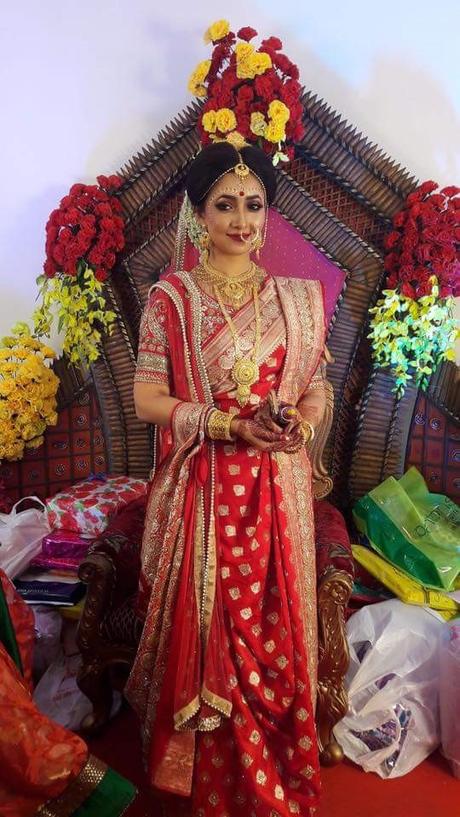
Source: www.hamstech.com
The Bengali saree draping style – the Athpourey style is one of the most common and attractive saree draping techniques amongst women. The Athpourey style of draping a saree is easy and comfortable. In this styling technique, there are no pleats and the saree is just wrapped around the waist. The pallu is draped to bring it to the front from the back on both sides. Traditionally, Bengali women wore sarees in the Athpourey style. Nowadays, the Athpourey style of saree draping can only be seen amongst brides on their wedding days.
- Maharashtra – Nauvari Style
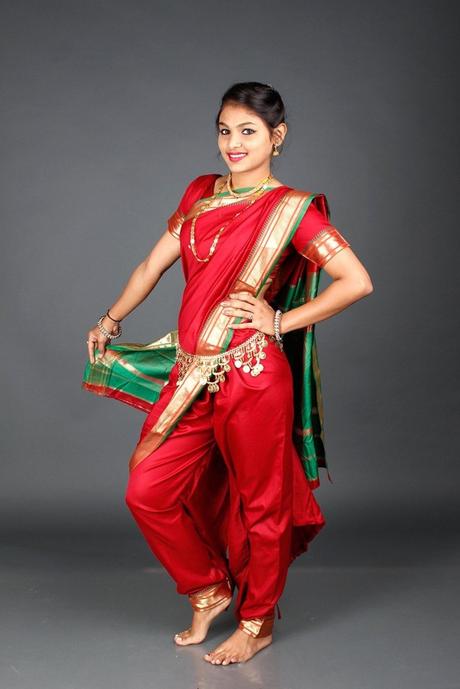
Source: i.pinimg.com
The Nauvari style of saree draping is also known as Kaashtha style or Sakachcha style. This is the traditional style of saree draping in Maharashtra. While the way of draping may differ from region to region in Maharashtra, the general style remains the same. In the Nauvari style of draping, the center of the saree is placed at the back of the waist while the ends of the saree are tied securely in the front. The two ends are then wrapped around the legs to give a dhoti-like look. This draping style is worn without a petticoat and offers free and easy movement. Nowadays, women buy pre-stitched nauvari style saree online for weddings and other functions.
- Gujarat – Seedha Pallu Style
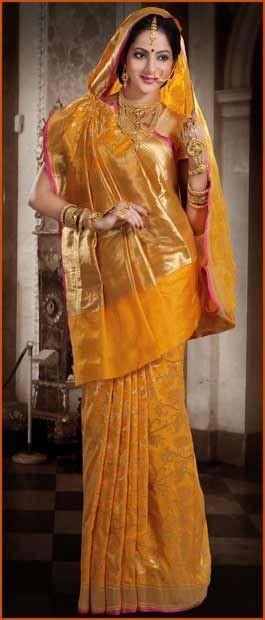
Source: i.pinimg.com
The seedha pallu style of saree draping is a common everyday saree draping technique in Gujarat. This style looks very similar to a lehenga choli and offers a lot of ease of movement. In the seedha pallu saree draping style, the rectangular cloth is wrapped from left to right and the pallu is from back to front, over the right shoulder. One side of the pallu is tucked in while the other is left loose, to make it look like a dupatta. Women buy sarees online in fabrics like chiffon and silk and try this saree draping style during weddings.
- Andhra Pradesh – Nivi Style
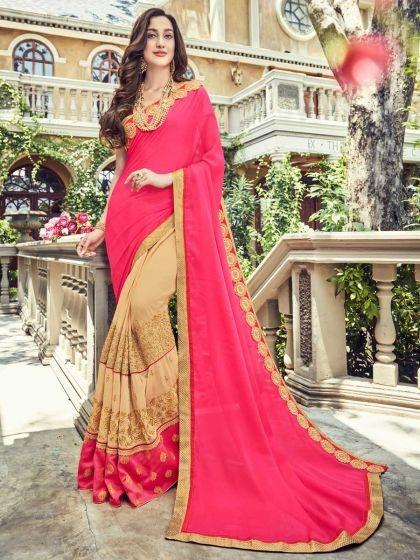
Buy
The modern, general way of wearing the saree is nothing but the nivi style of saree draping that originates in Andhra Pradesh. Women buy sarees online and opt for the nivi style of saree draping as daily wear as well as for parties and events, due to the sheer elegance of this look. For this saree draping style, the cloth is wrapped around the waist before making 6-7 pleats which are tucked in tightly at the waist in the middle. Following this, the pallu is wrapped around the upper body and kept open or pleated.
- Chhattisgarh – Surguja Style

Source: storypick.com
The surguja style of saree draping originates in the erstwhile Surguja region in Chhattisgarh. This draping style is mainly worn by the dancers of the Oraon community of Chhattisgarh. The uniqueness of this style lies in the fact that the saree worn measures only 5.3 yards instead of the normal 6 yards. In the surguja style of saree draping, the saree is wrapped around the waist leaving a loose end at the back to give a whirling effect. The loose ends are tucked in at the back and front, providing ease of movement while dancing.
8 Types of Sarees Every Indian Woman Must Have
- Karnataka – Coorgi Style

Source: coorgjewellery.in
The Coorgi style of saree draping is a unique saree draping style from Coorg region in Karnataka. Coorg being a hilly terrain, this saree draping style was meant to ensure easy movement to help the women lead an active life. Nowadays, this style is usually limited to brides on their wedding day. In the Coorg style of saree draping, the cloth is wrapped around the waist and the pleats fall at the back. The pallu is tucked below the left shoulder and wrapped around the right shoulder where it is pinned in a tight knot called molakattu. Sometimes women also wear a headscarf or vastra which matches the saree.
- Jharkhand – Santhal Style
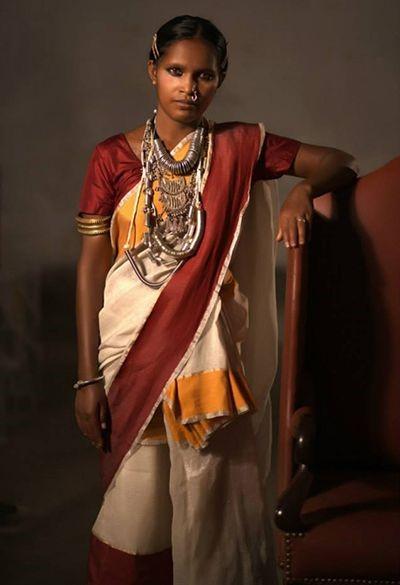
Source: i.pinimg.com
The Santhal style of saree draping comes from the Santhal tribe in Jharkhand. The sarees used usually have a chequered pattern and are very light and comfortable. The draping style is quite similar to the Bengali saree draping style. Here, there are box pleats at the front and the pallu is pulled over the left shoulder in the form of a triangle. The rest of the pallu is tucked in at the front.
- Madurai – Pinkosu Style
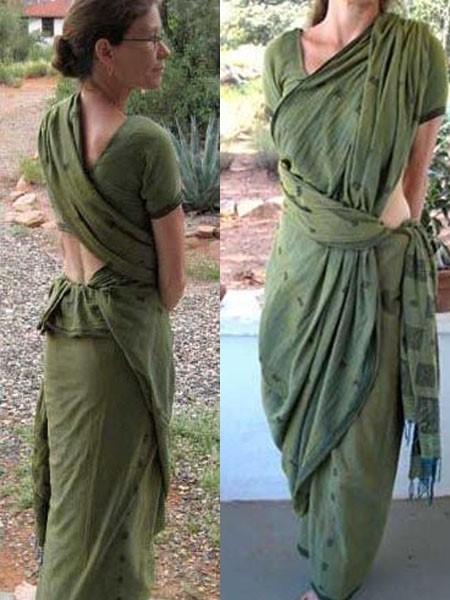
Source: craftsvilla.com
The Pinkosu style of saree draping holds great importance amongst the Iyer and Iyengar communities. Newly married women usually opt for this saree draping style after their marriage. Worn in Tamil Nadu, this draping style requires no petticoat, hence making it perfect for the hot weather. It follows the ardhanareeshwara style of saree draping, meaning half man half woman, with the lower half being draped like a dhoti and the upper half like a saree. The toughest style of saree draping, the drape is wrapped around the body 1.5 times. The pleats fall towards the outside of the wrap and the underside of the saree can be seen.
- Goa – Kunbi Style
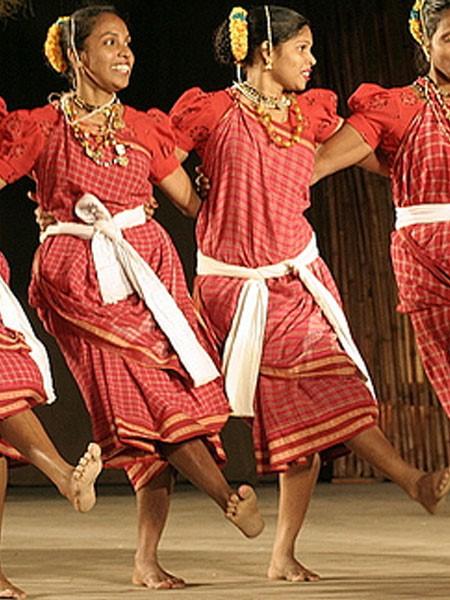
Source: craftsvilla.com
The Kunbi style of saree draping originated amongst the tribal communities living in Goa. This style offered easy movement and ensured that the sarees would not get dirty while the women worked in the paddy fields. In this saree draping style, the cloth is wrapped around the waist and knotted firmly at the right shoulder. No blouse or petticoat was worn with the saree. The saree was tied a little above the ankles, allowing the women to work easily and freely.
- Kerala – Mohiniattam Style
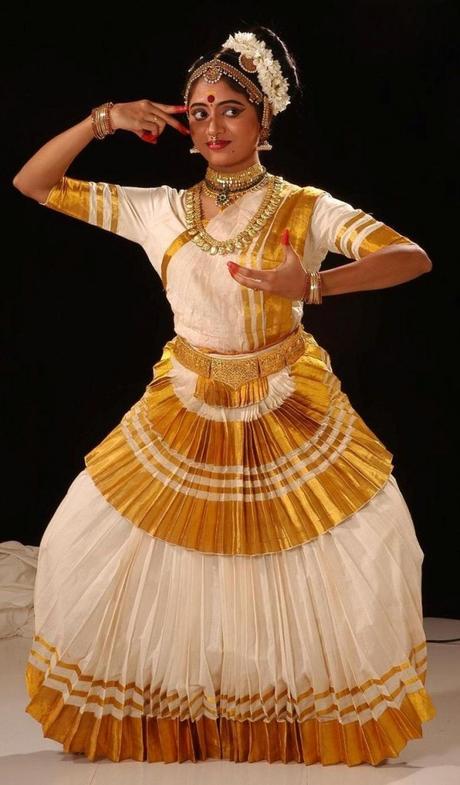
Source: i.pinimg.com
The mohiniattam style of saree draping is commonly seen amongst Bharatanatyam dancers. Although similar to the Nivi style of draping, this style involves more styling while the pleats are being made. Usually, silk sarees are used to create the mohiniattam drape. In this saree draping style, the pleats are twisted around the body and tucked in at the waist from the end instead of the front. The pleats are then rolled outwards and then secured by wrapping them over with the innermost layer. The lower borders are picked up at the two extremes and tucked in at the back of the waist. Dancers often buy silk sarees online and try out the mohiniattam style of saree draping for dance performances.
The saree is an eternal and evergreen outfit that makes every woman look beautiful. Elegant and classy, the saree is a favorite amongst Indian women. Check out our wide range of sarees online at sareez.com and try out the above 10 saree draping styles from different parts of India.
